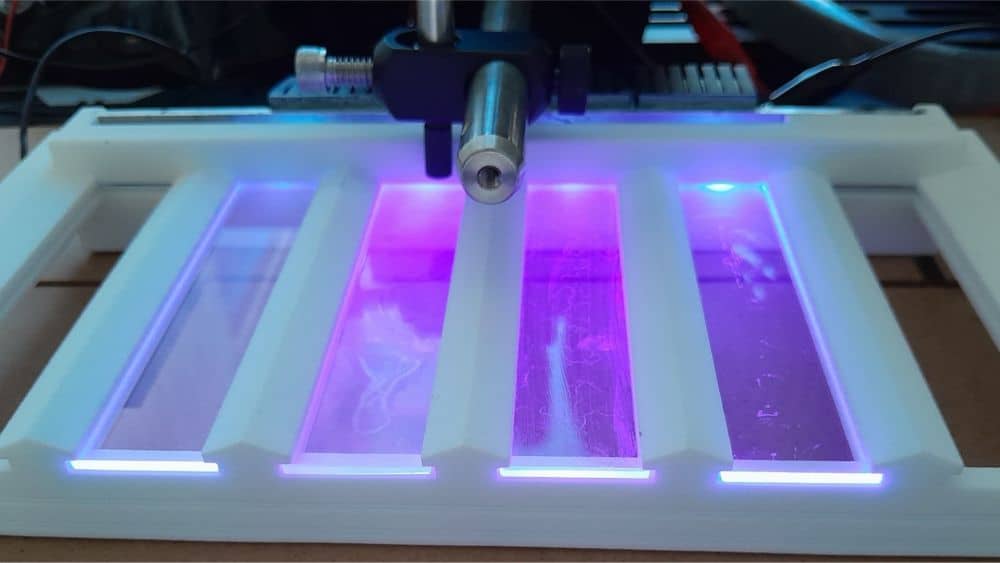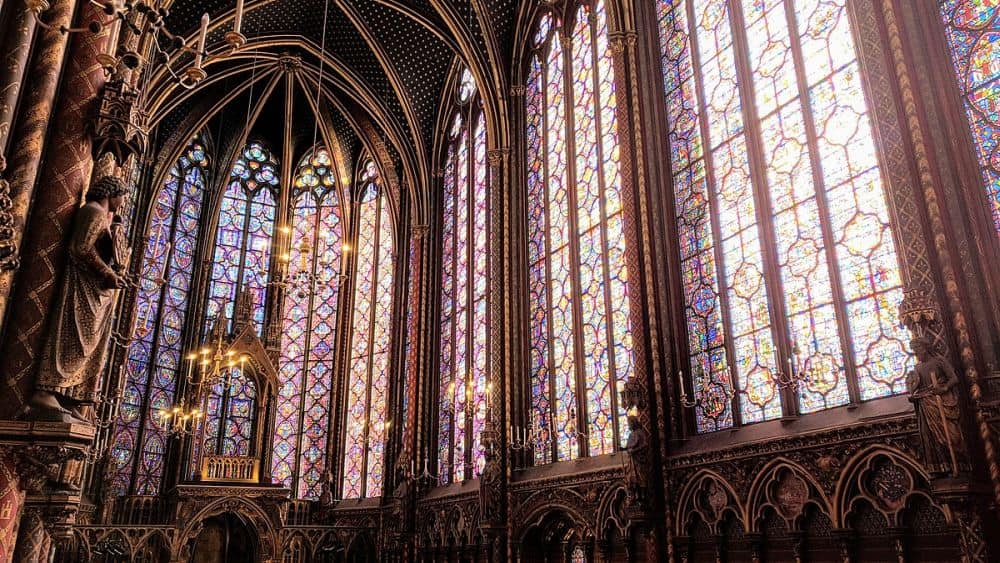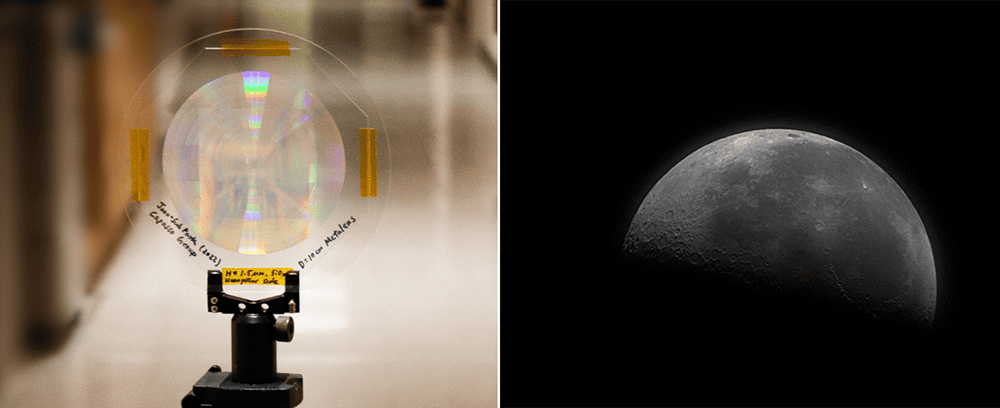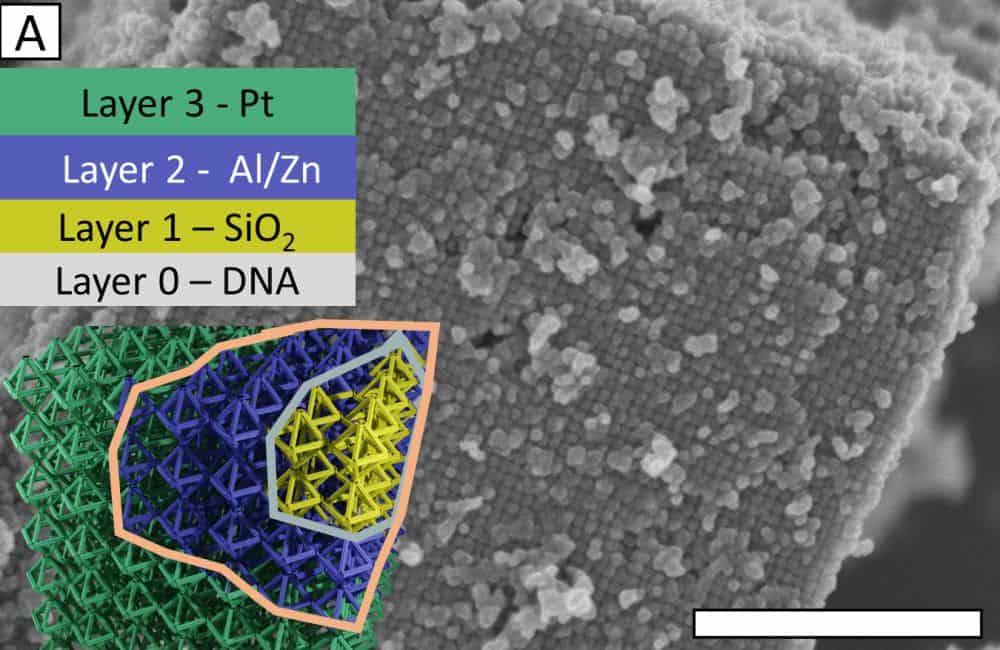Biofouling is a big problem for seafaring vessels, with the U.S. Navy spending millions each year in added fuel use and cleaning costs. Researchers led by the University of Massachusetts Amherst developed an ultraviolet-emitting glass that can effectively prevent biofilm formation.
Read MoreWhat gives colored glass its brilliant hues? Since the early days of alchemy, our understanding of and control over the design of colored glasses has improved enormously, opening the door to a host of practical applications.
Read MoreThough the tradition of creating grand stained-glass windows is less common than it was before, the artform remains an important part of our culture today. In April 2024, CTT is running a special three-part series on stained glass. Part 2 provides an overview of the early history of colored glass and details the rise and fall of stained-glass windows between the 11th and 16th centuries.
Read MoreThough the tradition of creating grand stained-glass windows is less common than it was before, the artform remains an important part of our culture today. In April 2024, CTT is running a special three-part series on stained glass. Part 1 overviews the techniques used to create stained glass.
Read MoreRome’s significant influence on the craft of glassblowing warrants its close study even today. A new freely available digital resource offered through the Corning Museum of Glass allows anyone to learn about this history from the comfort of their home.
Read MoreIn July 2023, researchers announced the creation of high-strength, lightweight glass nanolattices by coating DNA origami scaffolds with silica. Their new open-access paper, published in January 2024, describes the functionalization of these glass-coated scaffolds by infiltrating the nanolattice with metal and metal oxide particles.
Read MoreFragility is a key glass property that helps manufacturers optimize processing parameters during glass fabrication. Measuring fragility, though, is a labor-intensive and time-consuming process. Identifying structural parameters that correlate with fragility could make predicting this property easier, and a new study led by Corning researchers reveals a correlation with the medium-range atomic ring structure.
Read MoreRadiative coatings can passively cool buildings without the use of mechanical refrigeration equipment. Two recent papers describe the development of ceramic and glass radiative coatings that demonstrate resistance to environmental stimuli and potential for mass production.
Read More









